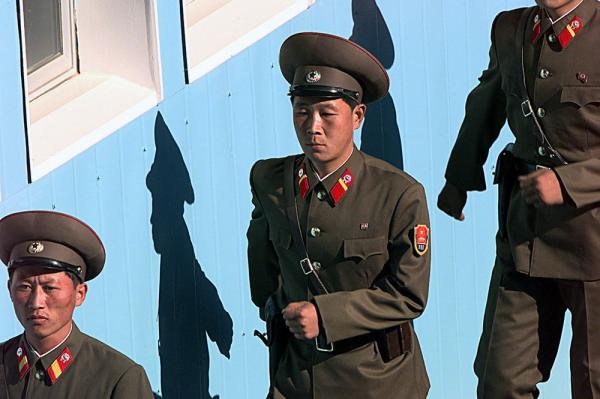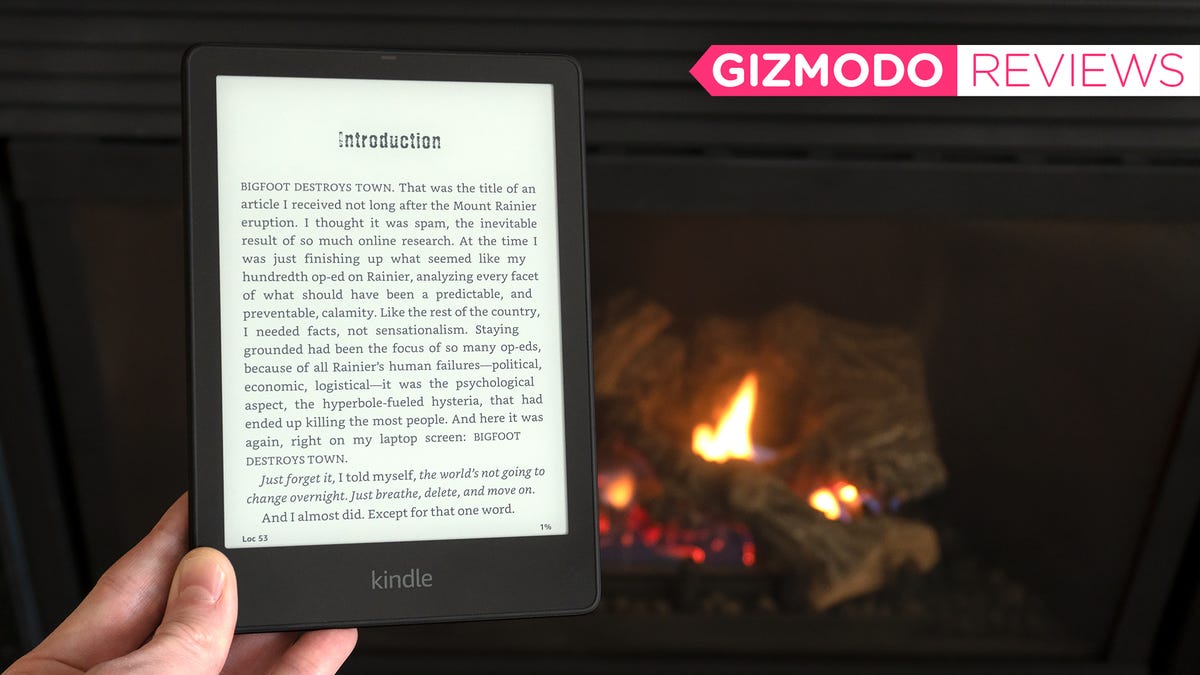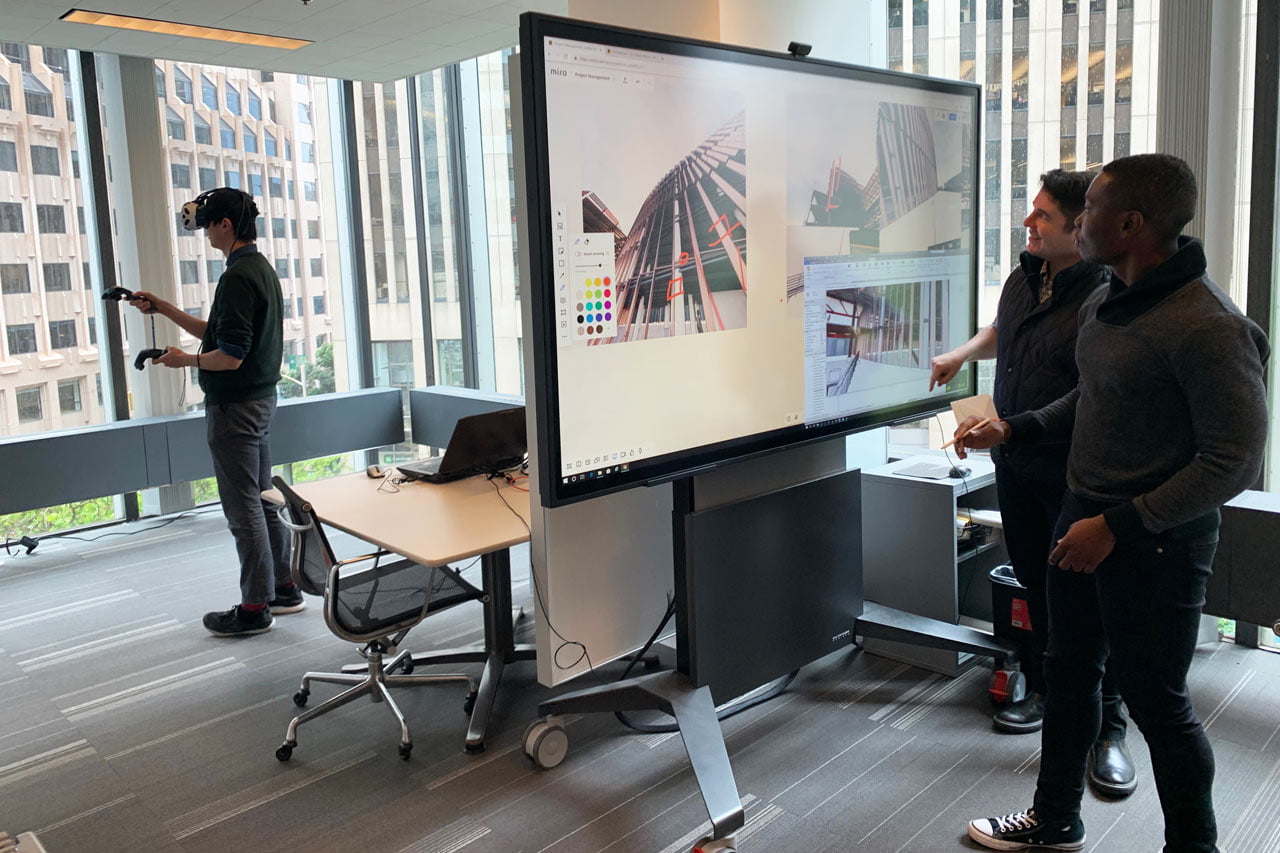A Beijing organization’s decision last week to problem an injunction against several iPhone products has come as a blow for tech massive Apple. It additionally highlights that, with chinese language rights holdersturning into greater proactive in the assertion in their layout rights, trademark recommend need to be mindful of the united states of america’s commercial designs regime – to avoid any pitfalls and toadditionally leverage it wherein feasible to reinforce an business enterprise‘s IP portfolio.
Apple has been no stranger to IP-related complications in China, having recently lost an IPHONE trademark match in Beijing and previously paying out thousands and thousands of dollars to license the IPAD mark from its nearby proprietor lower back in 2012. closing week, it emerged that the Beijing IPoffice – the municipal branch of China’s kingdom IP workplace – had ruled in administrative lawsuits that Apple’s iPhone 6 and iPhone 6 Plus smartphones infringe on a layout patent belonging to a Shenzhen-basedbusiness enterprise named Baili. The workplace issued an injunction overlaying the allegedly infringingproducts, although Apple has in the end said that this has been stayed pending an appeal with the intention to be heard via the Beijing IP court. As a end result, Apple’s merchandise stay to be had within the country. information of the office’s selection may be viewed here (in chinese).
there is little information available about Baili, although the layout patent involved inside the caserelates to a telephone version named 100C and the Wall road journal suggests that the firm may be anassociate of higher–known Shenzhen mobile corporation Digione. it is really worth noting that Digione – which apparently has investment from internet large Baidu – itself accused Apple’s iPhone 6 and 6 Plus of infringing its phone designs back in 2014.
interestingly, this is just the modern-day in a string of IP infringement disputes regarding design rights belonging to chinese companies. recently, I pronounced for IAM on ZTE’s submitting of a design patentfit in opposition to domestic competitor Qiku – any other case centred on the appearance andexperience of a smartphone. And it isn’t always just on home soil that chinese logo proprietors areaffirming their layout rights; inside the america Hangzhou-primarily based self-balancing scooter makerelegant has sued Razor for design patent infringement inside the valuable District of California.
In China, design ‘patents’ are frequently protected in typical counts of patent filings and offers – providingsomething of a convenience for the government’s narrative regarding the united states’s innovativecapacities. in spite of this nomenclature (which is likewise used inside the united states of america,amongst other locations), these property are essentially the same as the economic layout rights issuedin lots of jurisdictions throughout the arena – they cowl the ornamental design of an item, in preference to the feature or utility of an invention (and generally they do now not go through any shape of majorexamination prior to registration or rejection).
together with logos, then, they can be center to a emblem’s visible identification and China accounted for almost -thirds of all the world’s layout programs in 2014. those IP property are therefore of in particular essential importance within the u . s ., both for rights holders and for companies looking toinput the home marketplace. relying on wherein you’re in the global, design rights have historicallybeen visible as being in the domain of either patent lawyers (specially inside the u.s.a.) or trademarklawyers (eg, in Europe). but, in latest years these divisions have blurred really, and specifically so withincompany IP departments in which assets are extra thinly unfold. As such, trademark recommend willneed to preserve a watch on developments in China and make certain that their agencies are fullyprepared from a designs angle.





